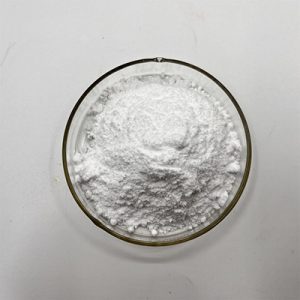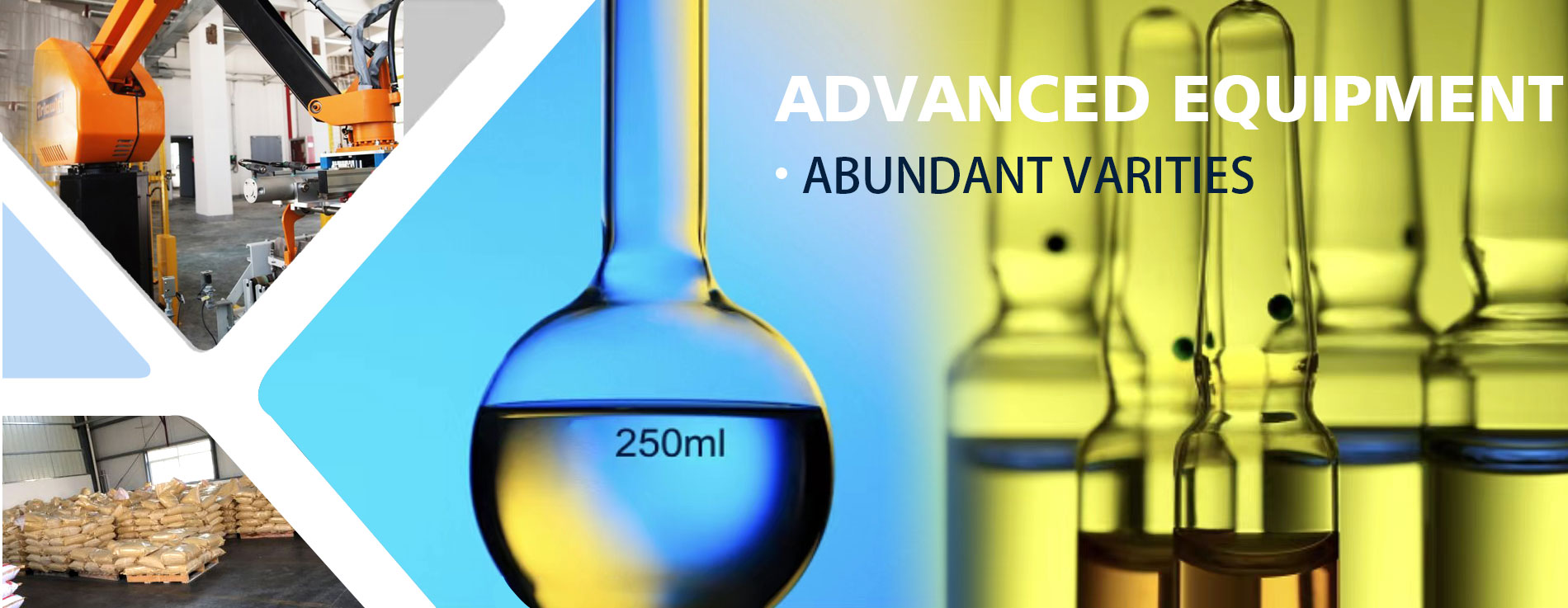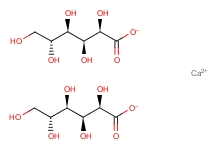
Calcium Gluconate

Specifications
| Item | Index |
| DESCRIPTION | WHITE CRYSTALLINE POWDER |
| PURITY(DRY BASIS) % | 99.0~102.0 |
| CHLORIDE % | ≤0.05 |
| SULFATE % | ≤0.05 |
| ARSENIC(AS) PPM | ≤2 |
| HEAVY METAL PPM | ≤10 |
| MAGNESIUM SALT AND ALKALI METAL SALT % | ≤0.4 |
| REDUZATE | NEGATIVE |
| MOISTURE % | ≤0.5 |
| PH | 6.8 |
Packing & Storage
| Packing | in 25kg bag |
| Storage | 20℃, 2 years. |
| Shipping | Room temperature in China; may vary elsewhere |
Free Quote
For samples, pricing, or more information, please call us at 0086-25-52397805 or mail to info@liwei-chem.com or fill out the following form. We will respond to you as soon as possible.
Tel: 0086-25-52397805
E-mail: info@liwei-chem.com
E-mail: sophiahoney247@gmail.com


General Information
| Common Names | Calcium Gluconate| D-Gluconic acid,calcium salt | ||||||
| Structure |  |
||||||
| CAS No. | 299-28-5 | Boiling Point (℃) | 673.6ºC | ||||
| Molecular Weight | 216.2 | Melting Point (℃) | 195°C | ||||
| Appearance | White powder | Vapor Specific Gravity | N/A | ||||
| HS Code | 2918160000 | Flash Point (℃) | 375.2ºC | ||||
| Solubility | Soluble in boiling water (20g/100ml), slightly soluble in cold water (3g/100ml, 20℃), insoluble in organic solvents such as ethanol or ether | Autoignition Temperature (℃) | |||||
| SYMPTOMS | PREVENTION | FIRST AID | |
| Inhalation | Cough. Sore throat. | Use local exhaust or breathing protection. | Fresh air, rest. |
| Skin | Redness. Burning sensation. Itching. | Protective gloves. | Remove contaminated clothes. Rinse and then wash skin with water and soap. |
| Eyes | Redness. Pain. | Wear safety goggles. | First rinse with plenty of water for several minutes (remove contact lenses if easily possible), then refer for medical attention. |
| Ingestion | Abdominal pain. Nausea. Vomiting. | Do not eat, drink, or smoke during work. Wash hands before eating. | Rinse mouth. Induce vomiting (ONLY IN CONSCIOUS PERSONS!). Refer for medical attention . |
Glucose is oxidized to gluconic acid. Calcium gluconate is produced by neutralization of gluconic acid and calcium carbonate
Frequently Asked Questions
Calcium Gluconate Uses
1. As a food additive, used as a buffer; curing agent; a chelating agent; nutritional supplement. According to the “Hygienic Standards for the Use of Food Nutrition Fortifiers” (1993) promulgated by the Ministry of Health of my country, it can be used in cereals and their products, beverages, and the dosage is 18-38 grams, kg.
2. As a drug, it can reduce capillary permeability, increase density, maintain normal excitability of nerves and muscles, strengthen myocardial contractility, and help bone formation. It is suitable for allergic diseases, such as urticaria; eczema; skin pruritus; contact dermatitis, and serum sickness; angioedema as an adjuvant treatment. It is also suitable for convulsions and magnesium poisoning caused by hypocalcemia. It is also used to prevent and treat calcium deficiency.
Calcium gluconate belongs to organic acid calcium and is mainly used for the prevention and treatment of calcium deficiency (such as osteoporosis, osteomalacia, rickets and calcium supplementation for children, pregnant and lactating women, menopausal women, and the elderly) and acute blood Hypocalcemia, alkalosis, and tetany due to hypoparathyroidism. Other uses are as follows:
1. Acute hypocalcemia is a serum calcium concentration lower than 2mmol/L. Active intravenous calcium supplementation is required in cases of acute hypocalcemia such as tetany, seizures, and laryngospasm. It is recommended to slowly inject 10-20ml of 10% calcium gluconate intravenously, no more than 5ml per minute, which can usually make the symptoms disappear immediately; if the symptoms recur, the administration can be repeated several hours later. 2. Hypermagnesemia Hypermagnesemia refers to serum magnesium higher than 1.25mmol/L. Hypermagnesemia mainly occurs in patients with renal dysfunction. Long-term use of magnesium-containing antacids, magnesium sulfate catharsis, especially in patients with renal impairment, can lead to hypermagnesemia. In addition, hypermagnesemia is not uncommon with intravenous magnesium sulfate to treat preeclampsia. Treatment of mild hypermagnesemia is usually to limit magnesium intake. For patients with severe hypermagnesemia, it is recommended to slowly inject 10ml of 10% calcium gluconate injection to antagonize the effect of magnesium on the heart and neuromuscular system.
3. Hyperkalemia Hyperkalemia refers to serum potassium > 5.5mmol/L. Renal failure is a common cause of hyperkalemia, and potassium-sparing diuretics, cyclosporine, NSAIDs, ACEI, ARB, etc., can also cause hyperkalemia. Hyperkalemia mainly affects the heart, including ECG abnormalities, ventricular arrhythmias, and cardiac arrest. If hyperkalemia affects the heart, the primary treatment is intravenous 10% calcium gluconate injection 10ml. Calcium gluconate is usually injected slowly, and then the dose is adjusted according to the improvement of the ECG.
